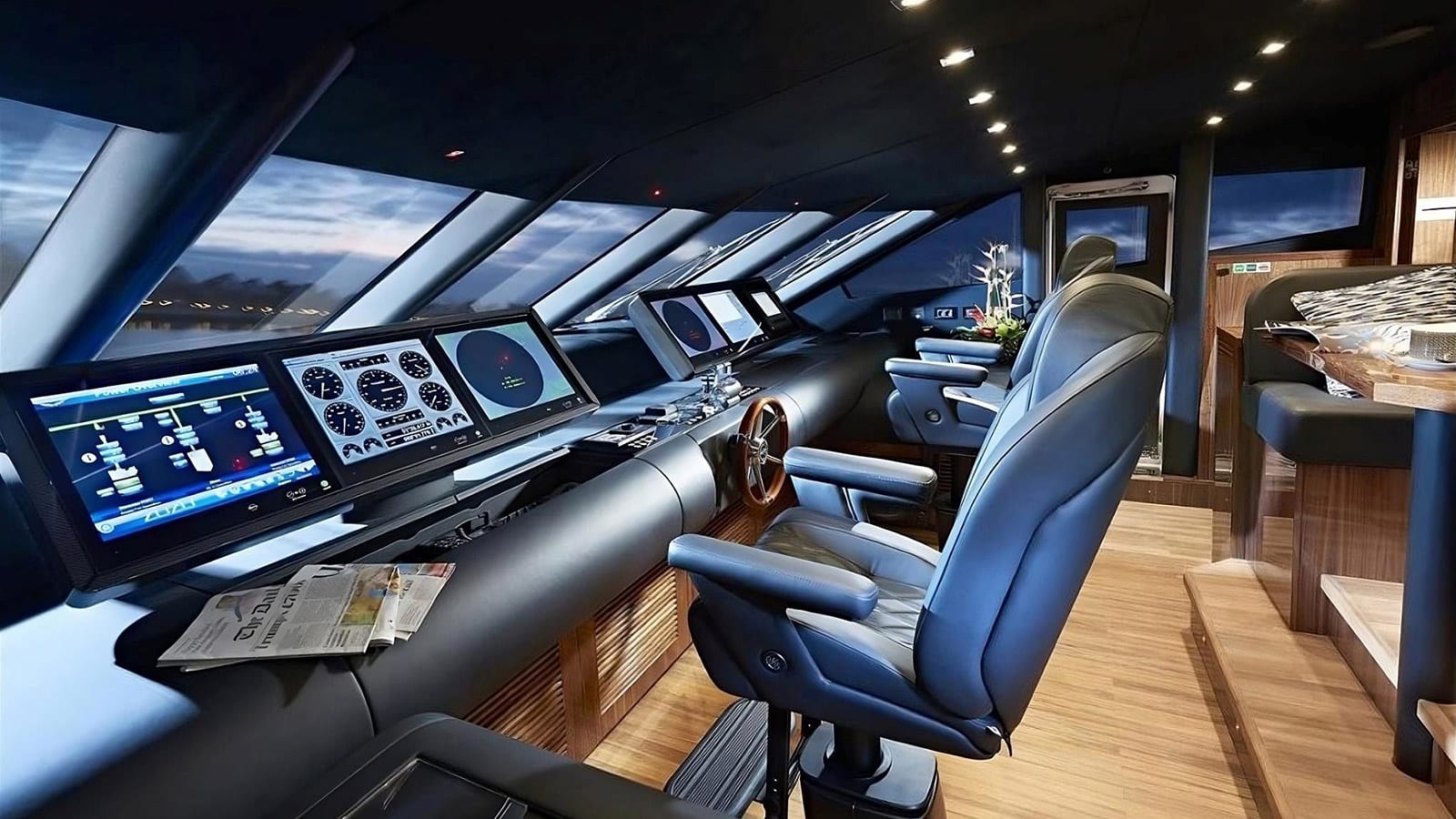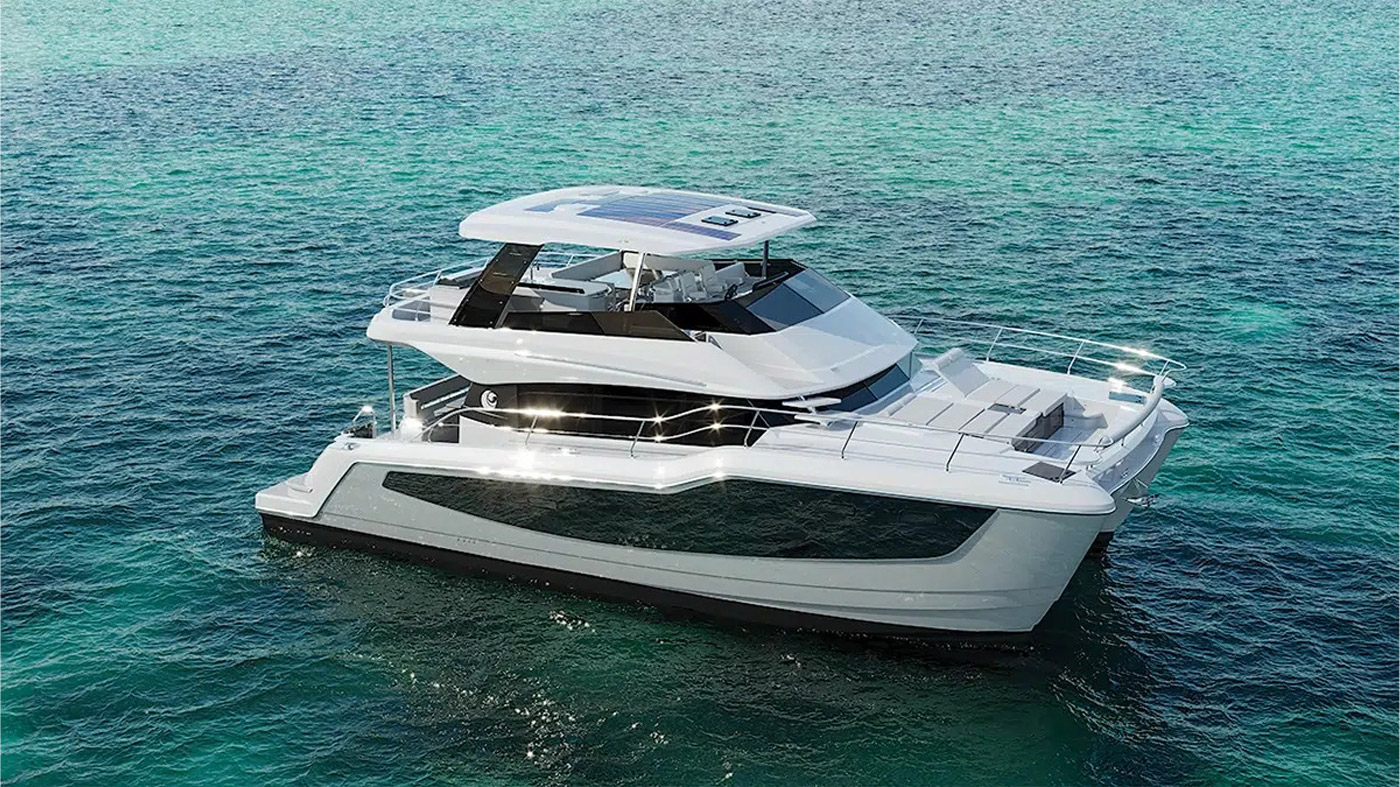Leggi l’articolo in italiano
When you imagine ocean sailing, at tropical latitudes, with your boat pushed by trade wind and waves, you usually don’t think to stress and fatigue. In fact, these are suffered only by sails and our boat’s manoeuvres.
First of all a clarification: an east-west crossing doesn’t necessarily means reach. Trade wind may arrive late, further south or north than our position and, in any case, during the first days in the ocean, out of Gibraltar and after the departure from Canaries, winds coming from the North-West or even from the South-West are not unusual. So, we need to haul our sails and keep the sides far from the land.
But we actually meet the North-East trade wind and we run free or before the wind for about 2.000 miles. The mainsail, entirely slacked, crashes into the cross-trees, the jib deflates and inflates every time we enter into the wave cavity and then we climb. It might happen that we reef if squalls spare us and wind is kind: halyards will always (or often) work in the same points and they will tend to consume fast.
Manoeuvres during a crossing are constant and arduous. Not only sails and halyards, but also sheets, snap shackles, blocks: they all work continuously and under great pressure: the risk of break (any technician who may hep us will be far) is high.
In order to reduce our and our boat’s stress, some advice before departure can be useful.
Preparing a back rope to the mainsail, ça va sans dire, is a safety matter in order to avoid involuntary gybings and prevent the free boom crashing into stays.
Upholstering the cross-trees is useful, too: you can use sticky tape or cut tubes; the most important thing is to create a protection between the cross-trees and the halyard. Even bow, genoa, stays,stanchions and any other rubbing point should be protected. You can reinforce sails with some adhesive Dacron where rubbing is more evident.
For current manoeuvres, a good idea is to turn them before your departure and, if possible, to change the point of loading a little, by hauling or easing from time to time. You should also prepare some respect halyards to recover fast in case of break.
Check stays and manoeuvres before leaving because this operation is not easy during the crossing but remember to pay attention and check ropes and equipments every day.


























